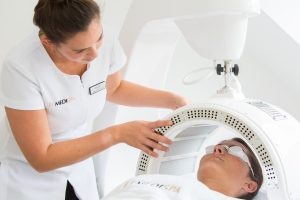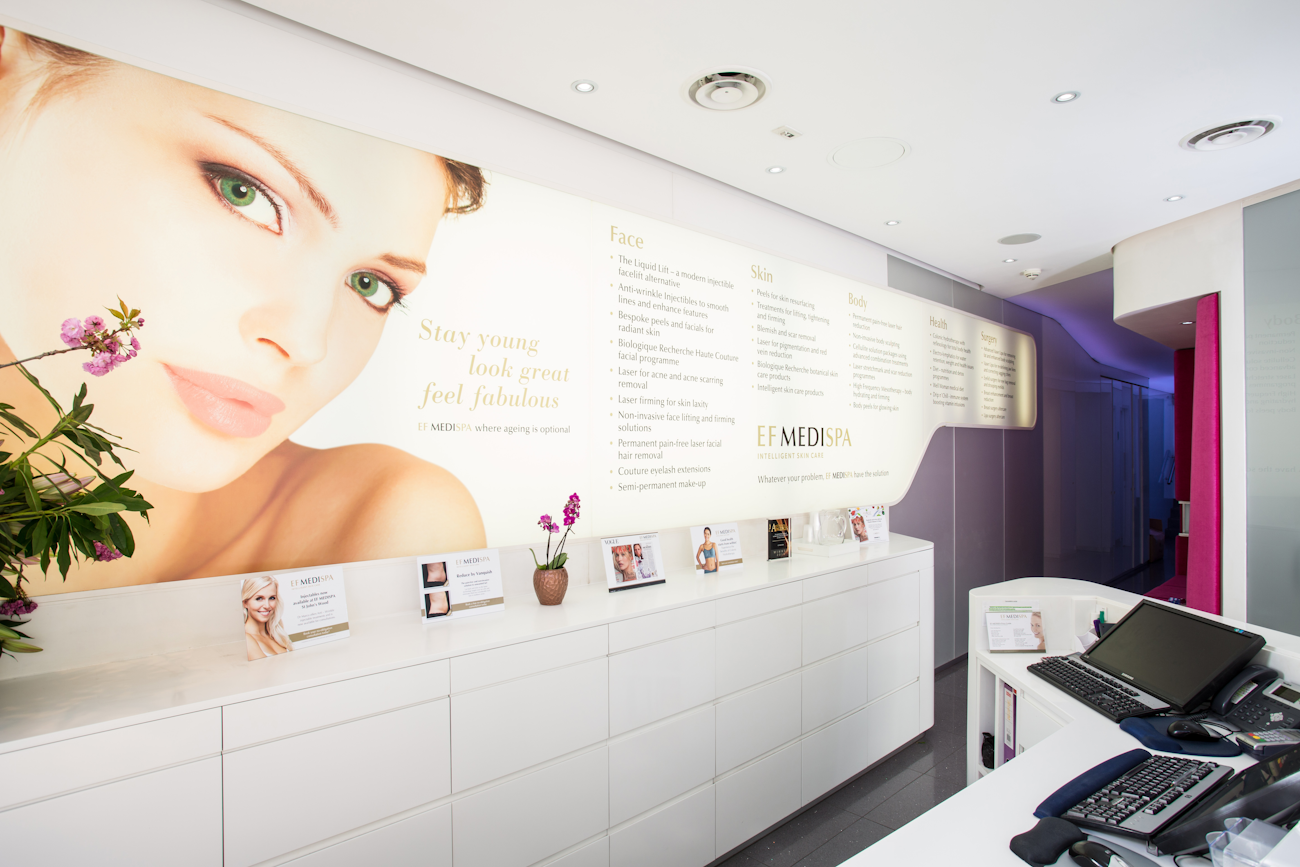Do you notice changes in your mood during the winter? Perhaps you don’t feel your usual self, or you’ve lost interest in everyday activities? If you’re nodding along and also experiencing other symptoms like feelings of despair, lack of energy and weight gain, you may be suffering from Seasonal Affective Disorder, commonly known as SAD.
SAD is a common condition that often occurs during the winter months, but don’t brush it off as the ‘winter blues.’ If it’s a yearly occurrence and it’s affecting your life, it’s time to take action and do something about it.
As we welcome in the 2020s, we’ll be discussing the top treatments that will help to give you the best start to the brand new decade. In today’s post, we’re sharing a brief guide to SAD to help you understand the condition better and learn how to spot the symptoms. We’ll also discuss how our LED facial can help you tackle SAD while enjoying the benefits of great skin at the same time!
What is SAD?
Seasonal Affective Disorder is a type of depression that comes and goes in a seasonal pattern. It’s sometimes known as ‘winter depression’ as symptoms are often more apparent and severe during the cold and dark winter months. However, some people experience symptoms of SAD more intensely in the summertime and feel better in the winter.
The Cause of SAD
The exact cause of SAD isn’t set in stone, but it’s thought to be linked to reduced sunlight exposure - hence why most people experience symptoms more severely in the autumn and winter.
Lack of sunlight could stop part of the brain, called the
hypothalamus from working properly. If this is the case, it could increase the production of melatonin, the hormone that makes you feel sleepy. The production of serotonin (the hormone that affects your mood, appetite and sleep) may also be lowered, leading to feelings of depression.
Research suggests that people may be more vulnerable to SAD as a result of genetics, as some cases of the disorder appear to run in families.
What are the Symptoms of SAD?
The most common symptoms of SAD are:
- A persistent low mood
- Loss of pleasure and interest in normal daily activities
- Irritability
- Feelings of despair and guilt
- Feeling worthless
- Lack of energy and needing to sleep during the day
- Sleeping longer hours at night and finding it hard to wake up in the morning
- Craving carbohydrates and weight gain
Some people experience these symptoms very severely, so much so that they negatively impact their ability to perform normal activities. When this is the case, intervention is required. It’s suggested that you see a GP who will assess your mental health and recommend a treatment plan, which may include a combination of cognitive behaviour therapy (CBT), medication and
light therapy.
 What is an LED Facial and How Can this Help with SAD?
What is an LED Facial and How Can this Help with SAD?
Our
LED facials use cutting-edge light therapy technology to help repair, replenish and revive problematic, damaged and ageing skin. In winter the skin can appear lacklustre and dry. We use a rainbow of infrared, ultraviolet and blue light frequencies to target different areas of skin and achieve noticeable results, in the form of a glowing and healthy-looking complexion.
LED light treatments can be used to calm congested skin and reduce the appearance of acne and breakouts, by utilising the antibacterial properties of blue light. The red and near-infrared lights also boost collagen production to help renew and rejuvenate skin. Whilst we’re sure this all sounds fantastic to you, we imagine you’re wondering how exactly this relates to SAD?
Improve your Skin & Feel Good
Well, since the varying symptoms of SAD can take their toll on your skin, you may find that you can suffer from more congestion than usual. Even if your skin is completely healthy and free from acne and scarring, you can still benefit from the LED facial, as it will boost the radiance of your complexion and offer an instant lift. It’s a chance to pamper yourself and focus on you, both of which will indirectly help to tackle the symptoms of SAD.
Reduce Melatonin & Increase Serotonin
Not only that but light therapy has become a popular treatment for SAD. It’s thought that light may improve SAD by reversing the effects lack of sunlight in the winter months may have on the brain. Light therapy may reduce the production of melatonin (the sleepy hormone) and increase the production of serotonin (the hormone that affects your mood.)
Many GPs are now recommending patients try light therapy as a way of relieving the symptoms of SAD in the short term. Having light therapy in the morning and keeping treatments consistent is thought to maximise positive results.
Help you Relax
Whilst our LED facial wasn’t initially designed for SAD treatment, it may lend itself to relieving your symptoms and is something we’re more than happy to discuss with you.
What’s more, our LED facial is pain-free, takes just 30 minutes (so you can pop in on your lunch break) and there’s no downtime whatsoever. Many clients have reported it as one of the most relaxing and comfortable treatments you can experience. All you need to do is lie back, relax and let the light machine work its magic.
Booking an LED Facial at EF MEDISPA
Whether you believe in light therapy as a treatment for SAD or are simply looking for ways to boost your mood and feel better about yourself, we’ll tailor our LED facial to meet your needs. What’s more, you can enjoy all the fantastic skin benefits our LED facial has to offer. From helping to clear up breakouts to creating an oh-so-desirable glowing complexion, it’s a treatment that ticks all of the boxes.
Our inner health for outer beauty philosophy means we’re not just about making you feel better on the outside but achieving good health on the inside too. Our team of experts are here to chat about any concerns you have and discuss the best treatments for achieving the results you desire.
Have a question about our LED facial or want to find out how it could help you personally? Get in touch to book a complimentary, no obligatory,
consultation with one of our treatment coordinators today.

 What is an LED Facial and How Can this Help with SAD?
What is an LED Facial and How Can this Help with SAD?


